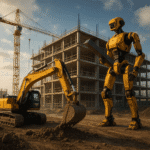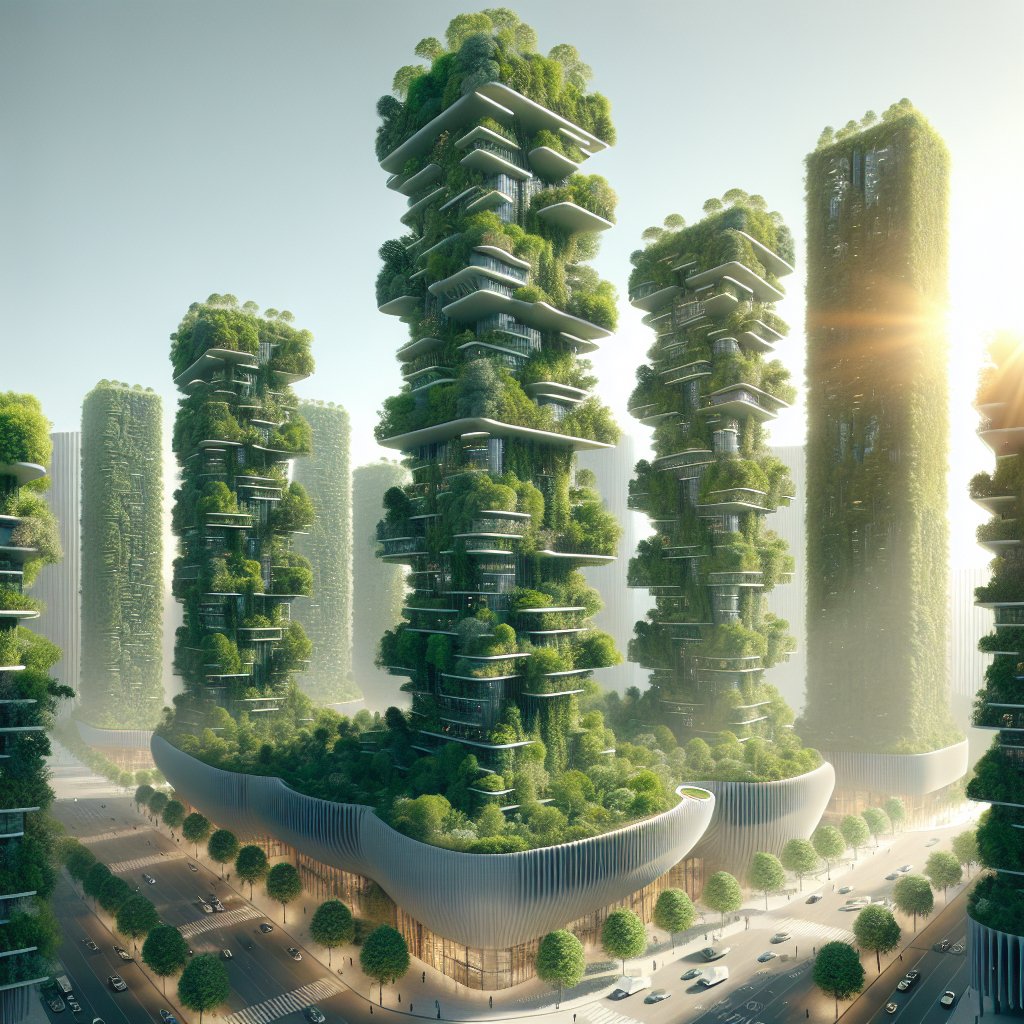As urban areas continue to expand and environmental concerns become more pressing, architects and city planners are turning to innovative solutions to create sustainable living spaces. One such groundbreaking concept is the Vertical Forest, a visionary approach to urban architecture that integrates nature into the very fabric of city life. These green towers are not only aesthetically pleasing but also serve as a vital component in the fight against climate change and urban pollution.
The Concept of Vertical Forests
The idea of Vertical Forests was first popularized by Italian architect Stefano Boeri, who envisioned a new type of urban architecture that would bring nature back into the city. The concept involves constructing high-rise buildings that are covered with trees, shrubs, and other vegetation. These plants are strategically placed on balconies and terraces, creating a lush, green facade that resembles a forest. The primary goal of Vertical Forests is to increase biodiversity in urban areas, improve air quality, and provide a natural habitat for wildlife.
Vertical Forests are designed to address several environmental challenges faced by modern cities. By incorporating thousands of plants into a single building, these structures can absorb significant amounts of carbon dioxide and produce oxygen, helping to mitigate the effects of air pollution. Additionally, the vegetation acts as a natural insulator, reducing the need for artificial heating and cooling, which in turn lowers energy consumption and greenhouse gas emissions.
Another key aspect of Vertical Forests is their ability to enhance the quality of life for urban residents. The presence of greenery in densely populated areas has been shown to reduce stress, improve mental health, and increase overall well-being. Furthermore, these green towers provide a unique living experience, offering residents the opportunity to connect with nature without leaving the city.
Challenges and Innovations in Vertical Forest Design
While the concept of Vertical Forests is undoubtedly appealing, implementing such projects presents a range of challenges. One of the primary concerns is the structural integrity of the buildings. The added weight of soil, plants, and water requires careful engineering to ensure the stability and safety of the structure. Architects and engineers must work closely together to develop innovative solutions that can support the additional load while maintaining the building’s aesthetic appeal.
Another challenge is the maintenance of the vegetation. Unlike traditional gardens, the plants in a Vertical Forest are exposed to harsh urban conditions, including pollution, wind, and limited sunlight. To address these issues, architects must select plant species that are resilient and adaptable to the urban environment. Additionally, advanced irrigation systems are often installed to ensure that the plants receive adequate water and nutrients.
Despite these challenges, several successful Vertical Forest projects have been completed around the world, demonstrating the feasibility and benefits of this innovative architectural approach. One of the most famous examples is the Bosco Verticale in Milan, Italy, which consists of two residential towers adorned with over 20,000 plants. This project has not only become a symbol of sustainable urban living but has also inspired similar developments in cities such as Nanjing, China, and Utrecht, Netherlands.
As technology continues to advance, the potential for Vertical Forests to transform urban landscapes becomes even greater. Innovations in materials, construction techniques, and plant science are paving the way for more ambitious projects that can accommodate larger populations and more diverse ecosystems. In the future, we may see entire neighborhoods or even cities designed around the principles of Vertical Forests, creating a harmonious balance between urban development and nature.
The Future of Vertical Forests in Urban Planning
As cities around the world grapple with the challenges of rapid urbanization and climate change, Vertical Forests offer a promising solution for creating sustainable and livable urban environments. By integrating nature into the built environment, these green towers can help cities reduce their carbon footprint, improve air quality, and enhance the quality of life for their residents.
Incorporating Vertical Forests into urban planning requires a shift in mindset from traditional development practices. City planners and policymakers must recognize the value of green infrastructure and prioritize its integration into new and existing developments. This may involve revising building codes, offering incentives for sustainable construction, and investing in research and development to advance the technology and techniques used in Vertical Forest design.
Public awareness and support are also crucial for the widespread adoption of Vertical Forests. Educating communities about the benefits of green architecture and involving them in the planning process can help build consensus and drive demand for these innovative projects. As more people experience the positive impacts of living in or near Vertical Forests, the momentum for their implementation is likely to grow.
Ultimately, the success of Vertical Forests will depend on the collaboration between architects, engineers, city planners, and the public. By working together, we can create cities that are not only functional and efficient but also beautiful and sustainable. Vertical Forests represent a bold step towards a greener future, where urban living and nature coexist in harmony.










